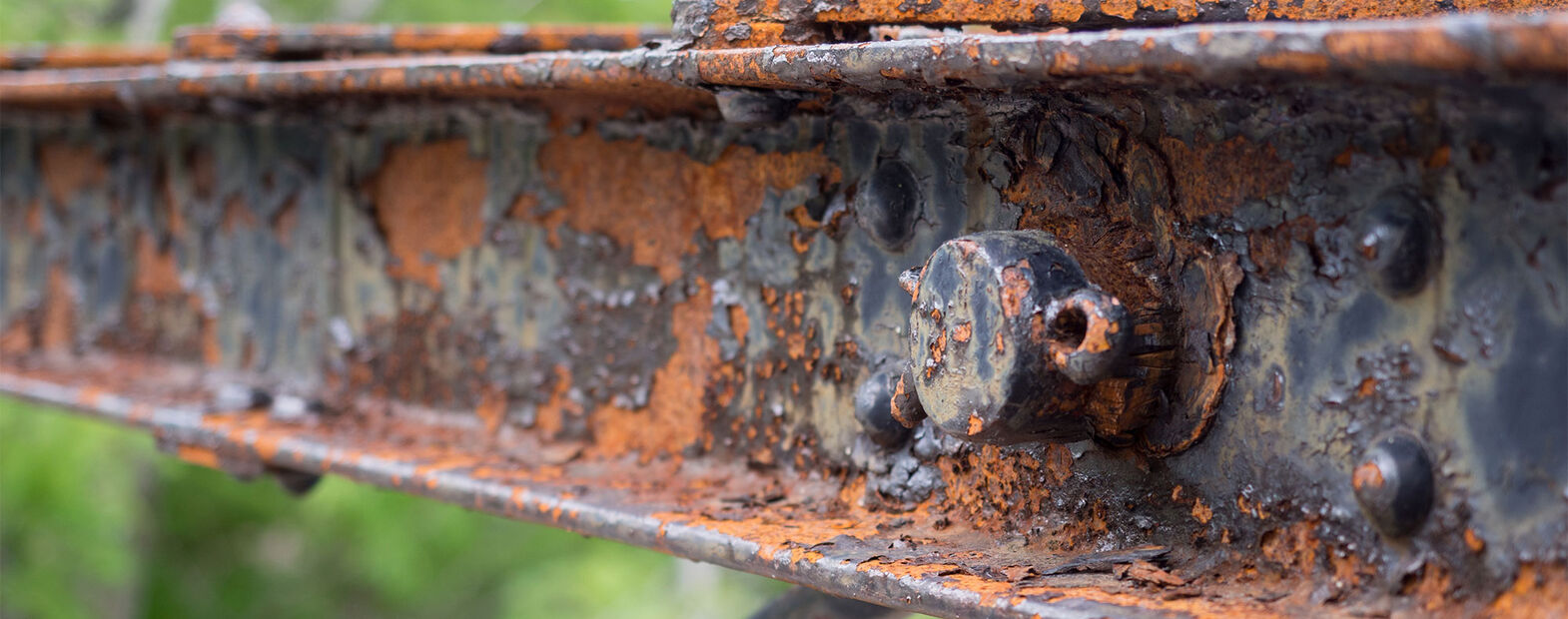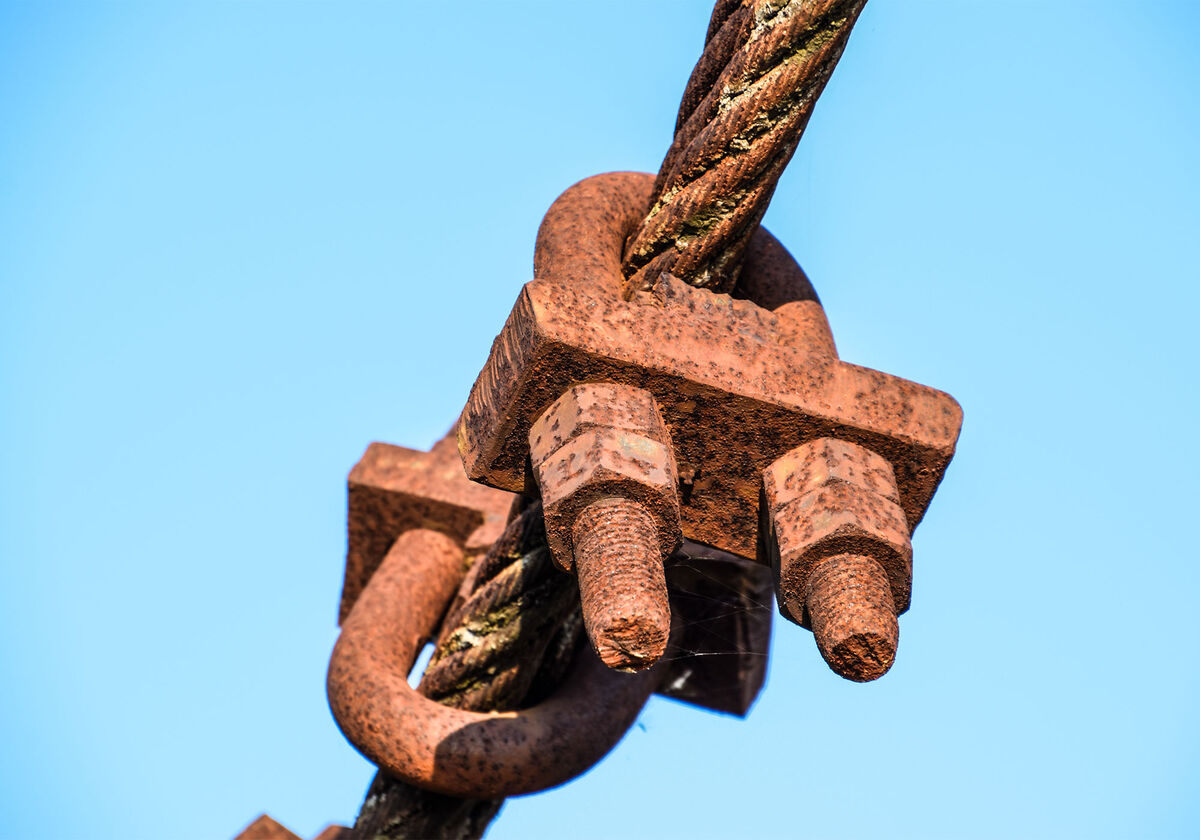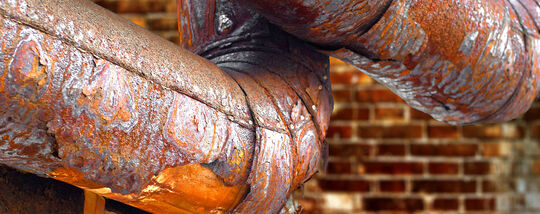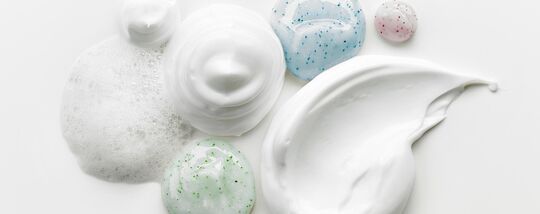
Neoxalin – an effective means against corrosion
Schärer & Schläpfer AG has been producing various phosphoric acid esters for over 40 years. They are marketed under the name Neoxalin. The range of established standard products is constantly being expanded with new types – for some time now with increased effort. This is because neoxaline is an effective anti-corrosion agent. In Part 1, we turn our attention to the voracious enemy rust.
Rust not only eats up billions, but also costs human lives. The Morandi Bridge in Genoa, Italy, is one of the saddest examples of this in the recent past: On August 14, 2018, during a violent storm, the 40-meter-high highway bridge collapsed; 43 people died. The "precipitating cause" of the collapse, according to the expert report, was the rusting through of a steel hawser (rope made of steel wires) at the anchorage of bridge pier 9. The corrosion process began in the very first days of the bridge's life and continued inexorably until its collapse.

Corrision and its effects
That's how it is with rust: silently and all too often secretly, it eats its way through steel and other ferrous alloys. Nonstop. As you read this article, more than 1,000 kilograms of steel is crumbling worldwide due to corrosion; 40 percent (!) of the steel produced worldwide must be used to replace corroded steel. Corrosion damage eats up an estimated three to six percent of global gross domestic product annually, or $2.6 to $5.2 trillion. In Switzerland alone, corrosion causes costs of 21 to 42 billion Swiss francs per year. Not counting the consequences such as production downtime or operational disruptions. And in the worst case, rust even costs lives - when bridges collapse or leaks caused by rust trigger fires and explosions, for example in the oil and gas industry.
"A big problem, however, is the release of toxic substances such as chromate and nickel – Environmentally sound solutions are needed."
Corrosion can occur wherever ferrous components are used. And where is that not the case? To this day, iron is one of the most important raw materials in the world economy. But not only iron reacts with oxygen and water. Aluminum, magnesium and zinc also oxidize. However, while rust flakes off iron and thus literally "eats" it, the solid aluminum, magnesium and zinc oxide protect the metals from further chemical decomposition. For this reason, aluminum for aircraft, for example, is artificially "rusted," in the jargon "electrolytically oxidized," so that an oxide layer around ten times thicker than natural is produced.
This does not work for the corrosion of iron. On the contrary. That's why corrosion protection is so important. A lot of money is invested in this. "A big problem, however, is the release of toxic substances such as chromate and nickel," explains Manuel Blunier, Head of Sales & Marketing at Schärer & Schläpfer AG. "Environmentally sound solutions are needed." And that's where neoxaline comes in. More about this in part 2.




